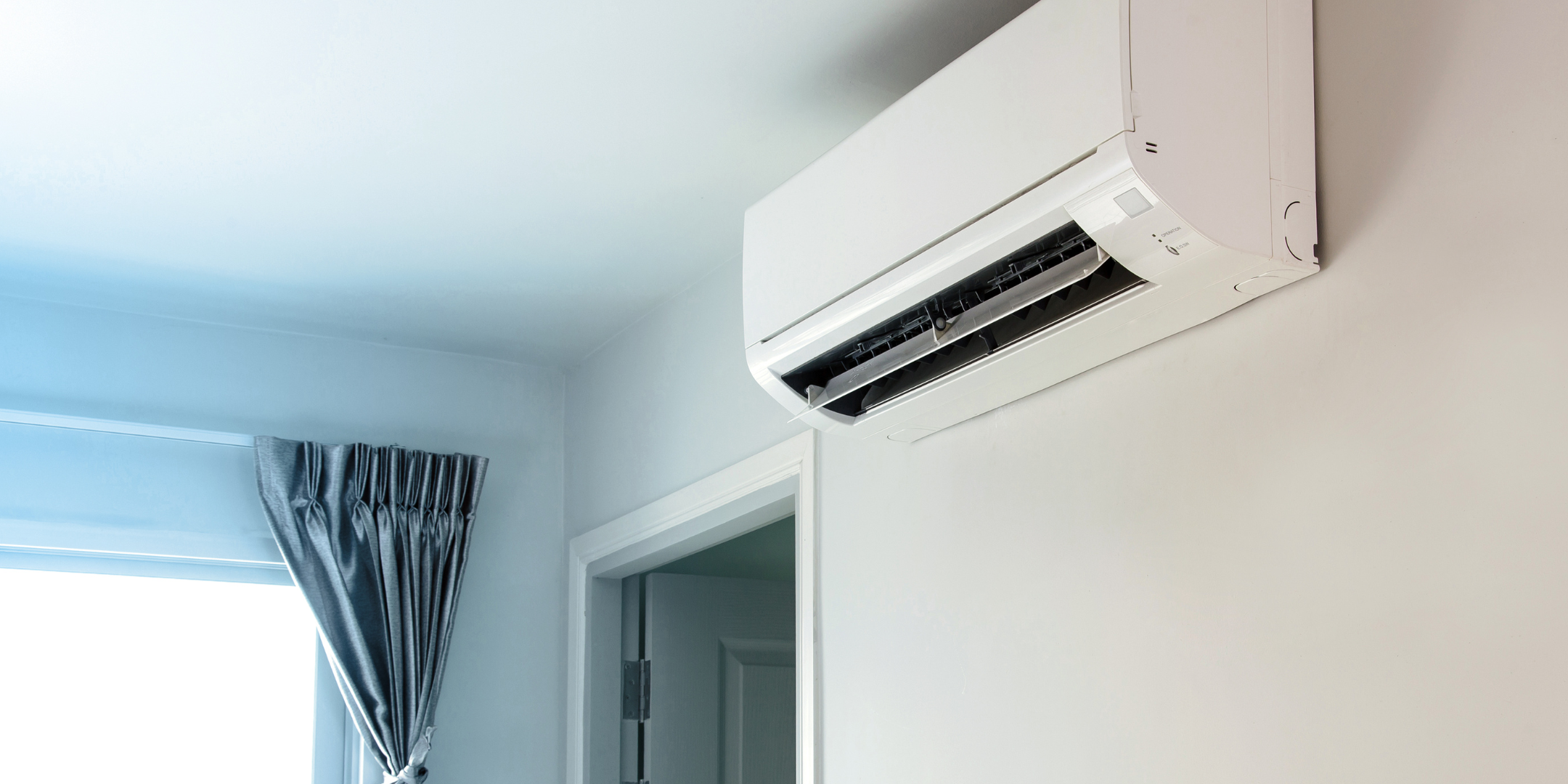
Refrigerants aren’t exactly something most people think about—until their AC breaks down, or a tech gives them a quote with a bunch of letters and numbers they weren’t expecting.
tech gives them a quote with a bunch of letters and numbers they weren’t expecting.
If you’re hearing terms like “R-454B,” “phase-out,” or “refrigerant restrictions,” you’re not alone. Many homeowners in their 30s and 40s are starting to realize their current HVAC system might not be built for the future—and that replacing it now could save money, stress, and energy in the long run.
By the end of this article, you’ll know which HVAC systems use R-454B refrigerant, how they compare, who they’re best suited for, and why switching might be a smart move—especially if you’re still relying on a system that uses R22 or 410A. Whether you’re replacing a failing system or trying to plan ahead, the goal here is to give you real, unbiased guidance that helps you feel confident.
1. Trane 15 Single-Stage Heat Pump
Estimated Cost (Installed): $9,000–$13,000+
System Type: Ducted heat pump
Efficiency: Up to 15.2 SEER2
Ideal for:
- Homeowners who want a dependable, no-frills system

- Moderate climates with mild temperature swings
- Those sticking to a mid-range budget but still wanting modern refrigerant compatibility
Pros:
- Simple, reliable, and cost-effective
- Easier maintenance and widespread parts availability
- Runs on R-454B, so you’re future-ready
Cons:
- Single-stage operation means it’s either fully on or off—not ideal for those who want ultra-precise temperature control
- Not the quietest or most efficient option on the market
Who should consider something else
If you’re living in a large home or experience big temperature swings, the on/off nature of this system may feel a bit clunky. Also not a match for tech-forward homeowners who want smart-home integration and room-by-room control.
2. Mitsubishi P-Series Heat Pump (Ductless)
Estimated Cost (Installed): $8,000–$14,000+ (based on number of zones)
System Type: Ductless mini-split
Efficiency: Up to 30.5 SEER in some configurations
Ideal for:
- Homes without ductwork

Finished basements, bonus rooms, home offices, or ADUs
Homeowners who value quiet performance and personalized room-by-room control
Pros:
- Excellent energy efficiency
- Zoned comfort lets you heat or cool specific spaces instead of the whole house
- Quiet and sleek, especially great for bedrooms or workspaces
- Great solution for older homes or remodels
Cons:
- Aesthetic may not appeal to everyone (wall-mounted air handlers are visible)
- Cost can climb with multiple indoor units or zones
- Requires careful planning for layout and install
Who should consider something else:
If you want a traditional central system with hidden ductwork, this isn’t it. Also, homeowners on a tight budget may prefer a ducted solution for whole-home coverage at a lower cost.
3. American Standard Platinum 18
Estimated Cost (Installed): $13,000–$17,000+
System Type: Variable-speed central heat pump
Efficiency: Up to 21 SEER
Ideal for:
- Homeowners looking for high-end efficiency and quiet performance

- Larger homes or families with high comfort expectations
- Those who appreciate advanced tech, zoning, and smart thermostat features
Pros:
- Variable-speed compressor for precise temperature control and energy savings
- Pairs well with smart home systems
- Excellent humidity control
- Long-term value through reduced energy bills
Cons:
- Higher initial cost
- More complex system with potentially higher long-term maintenance costs
- May be more system than you need if your home is smaller or already efficient
Who should consider something else:
If you're planning to sell in the next couple of years or your home is under 1,500 square feet, this system might be overkill. It’s a great investment—but one that pays off over time.
Addressing 5 Common Concerns About Upgrading
It’s understandable. HVAC upgrades are a big investment, and most homeowners want to be sure they're making the right decision. Here are the most common concerns—and what you should actually be asking.
1: “My system still works. Why replace it now?”
Good question. But if it uses R22 or 410A, you may be closer to an expensive repair than you think. Both of these refrigerants are either banned or being phased out, and their cost has skyrocketed. Parts are harder to find. Technicians are charging more for service. And if your system needs a recharge? You might be spending more than you would on a car payment—just to keep something outdated alive.
2: “Is R-454B just another thing that will be replaced in five years?”
Fair concern. But R-454B isn’t a trend—it’s part of a long-term, federally supported shift toward refrigerants with lower environmental impact. It was specifically chosen to meet EPA and Department of Energy targets for the next decade and beyond.
Unlike R22 and 410A, R-454B is designed to be the solution for the foreseeable future—not a stopgap.
3: “What happens if I don’t upgrade? Can I still get repairs?”
In many cases, yes—but with some serious caveats. If your system uses a phased-out refrigerant, expect:
- Much higher service costs

- Delays due to lack of parts or refrigerant supply
- Fewer technicians willing (or certified) to work on it
- No warranty coverage on refrigerant-related issues
- Difficulty selling your home if the system needs replacement
It’s not illegal to keep running an old system—but it will become increasingly inconvenient and expensive.
4: “I just replaced my system a few years ago. Is it already outdated?”
Unfortunately, yes — depending on what refrigerant it uses. Many systems installed in the past 5–10 years still run on 410A, which began phasing out in 2024. While your system may still work fine today, repairs that involve refrigerant will get more expensive as supply shrinks.
If your system is only a few years old and running well, no need to panic. But it’s smart to:
- Check your refrigerant type
- Stay informed about rebate timelines
- Know what systems are compatible with 454B for the future
5: “Can I just put R-454B in my old system?”
Unfortunately, no. HVAC systems are engineered for specific refrigerants. Swapping refrigerants is not like switching brands of oil in your car. Each refrigerant has different pressure levels, chemical properties, and oil compatibility. Trying to run R-454B in a system built for R22 or 410A would not only void your warranty—it could destroy the system altogether.
More on that below.
Why You Can’t Just Switch Refrigerants in an Existing System
You might hear about refrigerant "retrofits" or universal blends—but here’s the truth:
Modern HVAC systems are designed around the refrigerant they use. That includes:
- Compressor pressure and performance
- Oil type and flow characteristics
- Expansion valves, sensors, and controls
- Line sizing and sealing
R-454B operates under different pressure conditions and uses different lubricant oil than R22 or 410A. Mixing refrigerants, or trying to flush out the old one and refill with a new type, can cause serious damage—not to mention massive inefficiency and a safety risk.
Most manufacturers strictly prohibit refrigerant swapping. The only safe, long-term solution is to replace the system with one designed for R-454B from the ground up.
Smart HVAC Upgrades Start With Good Info
When you started reading this, you were probably unsure about what R-454B even is, or whether you needed to make a change at all. Maybe your system is still working fine, or maybe you’ve just been putting off dealing with it.
needed to make a change at all. Maybe your system is still working fine, or maybe you’ve just been putting off dealing with it.
If you're still unsure where to start, that's okay. You don’t have to rush out tomorrow and buy a new system. But now that you’re informed, you’re in a much better position to plan ahead—and avoid being caught off guard when your old unit gives up.
Ready to see how much you could actually save?
Now that you know which systems use R-454B, take the next step:
Explore rebates, tax credits, and financing options to make your upgrade more affordable.
Because when it comes to comfort, knowledge really is power.
Daphne Hunt holds a bachelor's degree in English and Mass Communication and has a lifelong passion for writing. She thrives on using her skills to craft compelling pieces that inform, inspire, and connect with readers.
Topics:


